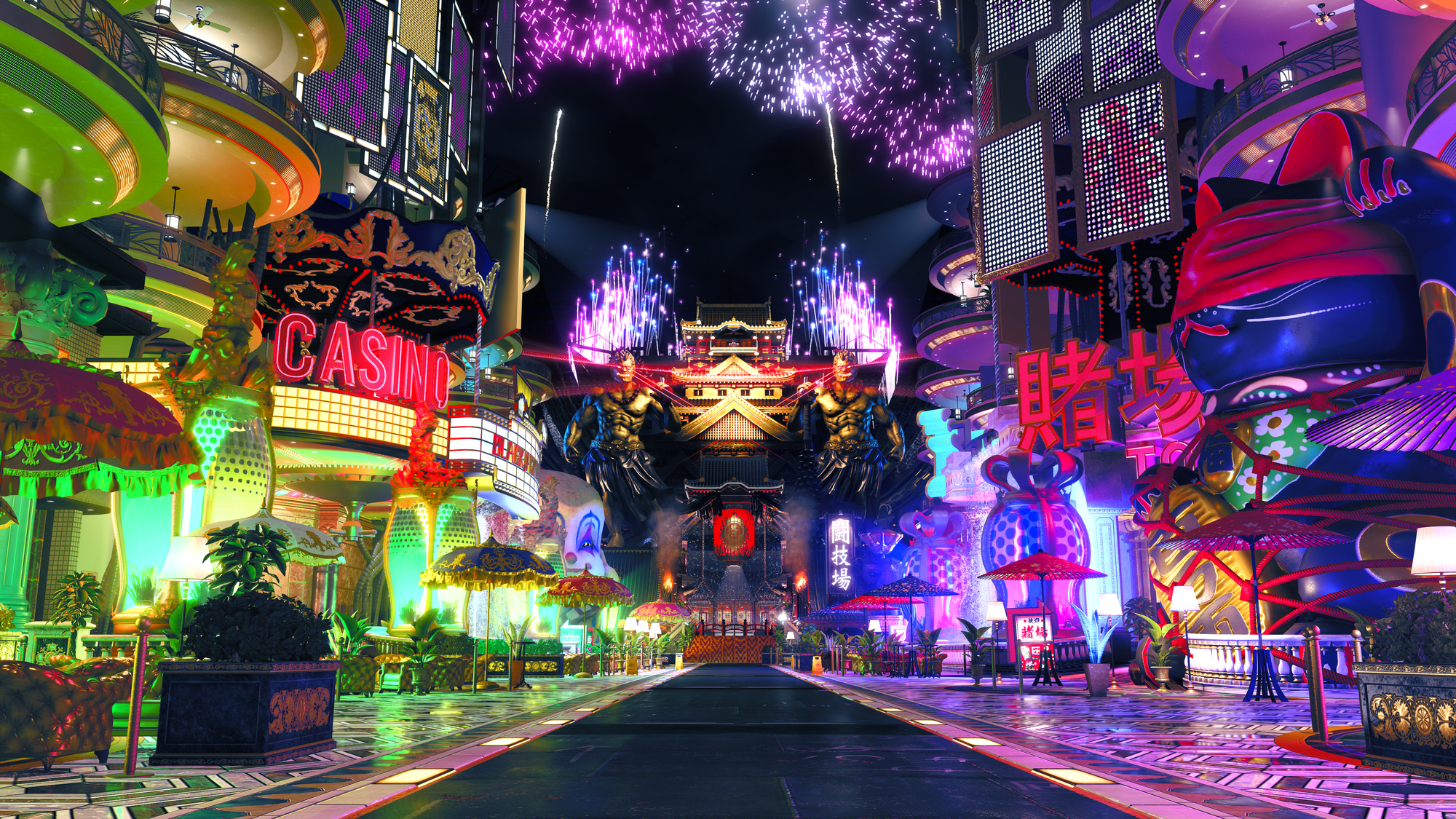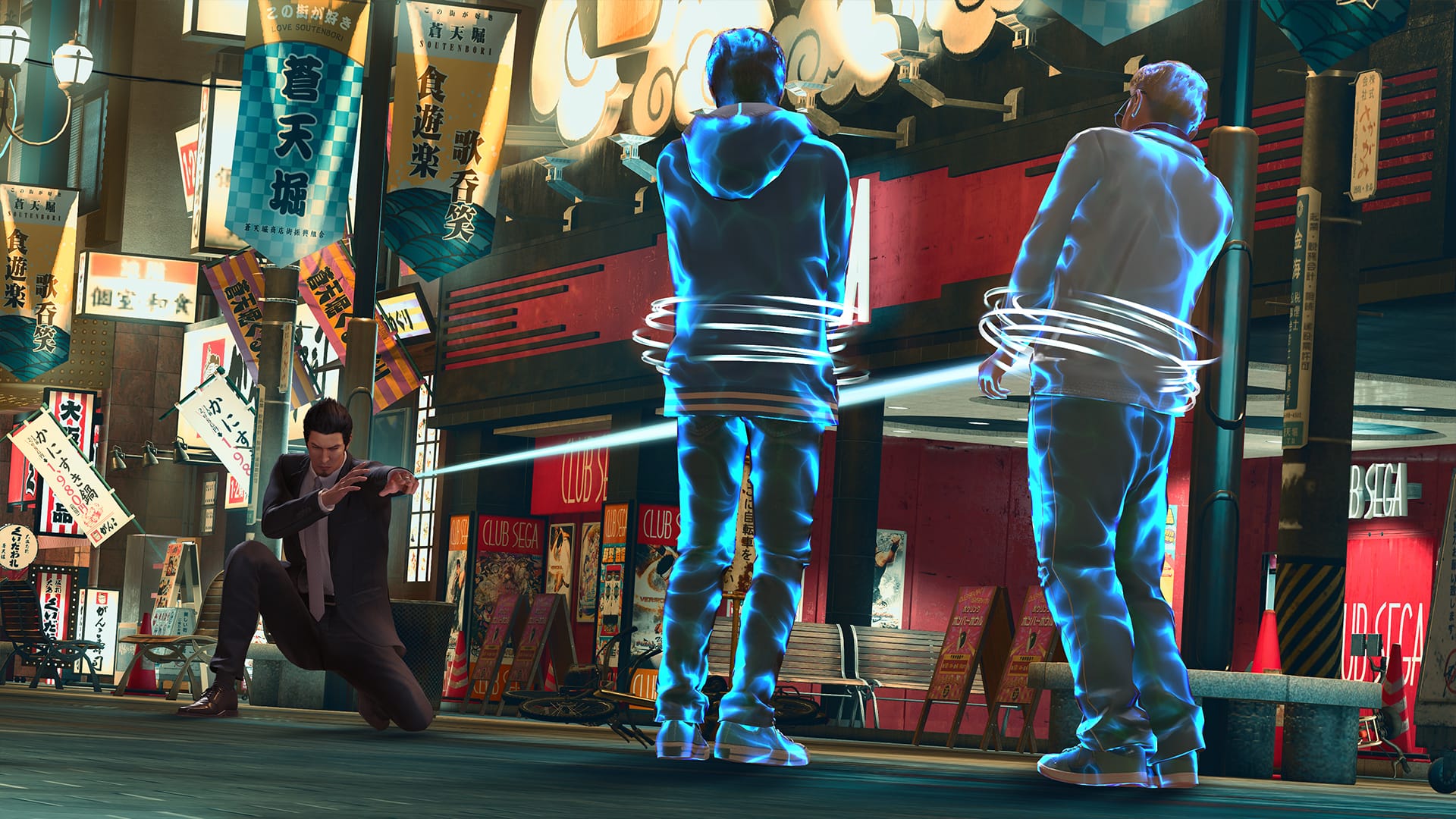Like a Dragon Gaiden is an Excellent Interquel
Kazuma Kiryu’s short but sweet final outing

Legendary ex-Yakuza Kazuma Kiryu returns to the fold for one more time in Like a Dragon Gaiden: The Man Who Erased His Name. Originally conceived as a prologue DLC to the upcoming Like a Dragon: Infinite Wealth (2024), Gaiden was ultimately released as a standalone game that bridges the narrative gaps between Yakuza 6, Yakuza: Like a Dragon, and Infinite Wealth. As the term gaiden—meaning ‘side story’—implies, the game is much shorter than a typical LaD experience, with its main story taking about 10 hours to finish.
Despite its place in LaD canon, Gaiden mainly takes place parallel to Yakuza: Like a Dragon, rather than before or after it. Gaiden’s story sees Kiryu taking the name ‘Joryu’ as an agent of the Daidoji faction, a spy ring that manipulates Japan from the shadows, in exchange for protection to his family. However, an assignment gone wrong pulls him into a conspiracy involving high-ranking members of the Omi Alliance, a Kansai-based Yakuza organization, forcing him into the underworld one more time.
As mentioned before, Gaiden features a shorter LaD experience. However, it is a sweet and succinct experience filled with its fair share of dramatic moments and compelling characters, and as such establishes sturdy pathways between the three LaD games around it. The story provides an intriguing look into what happens behind the scenes of Like a Dragon, as well as what happens after the curtain falls in that game. The fact that one of the cutscenes in Gaiden is a near-remake of a cutscene in Like a Dragon reflects this.
There may not be a lot of major players in Gaiden, but all of them are engaging, each with their own motivations for involving themselves in the story. There are no underdeveloped main characters in Gaiden; all of them have immense depth and enough time to be fleshed out. The strong characterization throughout the game extends all the way to Gaiden’s final boss, which features a brutally mesmerizing showdown adorned with massive emotional and thematic stakes. The final battle’s execution is immaculate, easily competing with the series’ greatest climaxes such as Yakuza 0.
On the other hand, Gaiden also dives into Kiryu’s psyche deeper than ever before. It manages to capitalize on the emotional toll that Kiryu has endured throughout the series, resulting in the most emotional portrayal of the character the series has ever seen. In doing so, Gaiden becomes yet another excellent study of his character, only that now it explores the flip side of his unwavering spirit and indomitable will. The numerous callbacks to earlier LaD entries further this point, making Gaiden as a whole, not just its story, almost like a farewell letter to the Kiryu saga.

Gaiden’s main open-world playground is Sotenbori in Osaka, a familiar setting for longtime LaD fans. There is also the Castle, an adult playground located on top of a defunct tanker. While Gaiden has the smallest LaD maps to date, it is still as vibrant as ever with updated visuals (better than even Yakuza: Like a Dragon) and an overwhelming amount of content. This time around, side quests are managed through Akame, Kiryu’s underworld informant in Sotenbori. This includes not only side stories, but also a myriad of other side activities such as fetch quests and landmark puzzles. While there are fewer side stories in Gaiden compared to other LaD games, they still manage to have that LaD charm about them. Some of them involve callbacks while others feature exciting cameos, which makes them worth experiencing all the same.
In addition to the side quests, Gaiden also provides players with a plethora of diversions and minigames. Series staples such as a casino, arcade, gambling, and karaoke minigames return, with karaoke offering one of the best selection of songs in the series. Three major diversions also make their appearance in Gaiden: the Pocket Circuit, the Cabaret Clubs, and the Coliseum.
Pocket Circuit shares its mechanics with the same minigame found in Yakuza 0 and Yakuza Kiwami, where Kiryu can modify and race toy cars ion miniature racetracks. Coliseum is essentially Gaiden’s ‘fight club’ minigame where Kiryu can participate in a number of prizefighting matches, be it one-on-one or against a crowd of enemies. However, Gaiden improves on this formula by adding a new mode where Kiryu can assemble his own fighting clan (called the Joryu Clan) and bring them to an all-out rumble against the opposing clan. All his clan members have their own skills and move sets, and yes, some of the NPCs encountered in Sotenbori can be recruited into the clan. Lastly, the Cabaret Club has Kiryu sit down and bond with one of the five hostesses in the game, whose likenesses are shot in live action.
Of course, the meat of LaD gameplay is its combat, and Gaiden does not disappoint. This time around, Kiryu gains access to two fighting styles, Agent and Yakuza.
The new Agent fighting style is fast, evasive, and resourceful; it is excellent for crowd control thanks to its selection of James Bond-esque gadgets. This consists of an array of spider strings shot from a watch, a battalion of drones to distract enemies, an exploding cigarette, and jet-propelled shoes. All these combined with the Agent style’s rapid punches and flashy sweeps certainly gives the style a much-needed depth to Gaiden’s combat system.
But worry not, for the Yakuza style found in previous games has gone through a much-needed overhaul. While it is slower this time around, it is much more powerful and consistent than its previous iterations in Yakuza 6 and Kiwami 2. Its ‘heat action’ finishing moves deal more damage, and it gains numerous offensive options, which makes it less spammy than previous titles. And of course, the devastating Tiger Drop makes its return. If Agent is excellent for dismantling crowds, Yakuza is amazing for one-on-one takedowns.

Adapting to Gaiden’s combat can be quite challenging at first, since Kiryu starts with a limited arsenal. Not to mention, failure to anticipate boss enemies’ Ultimate Attacks can prove fatal, despite its lenient counter window. However, once players unlock more of Kiryu’s extensive move set, combat in Gaiden becomes the most fluid and satisfying the series has ever seen; having a different playstyle with similar viability makes combat in Gaiden a bone-shatteringly thrilling experience. The ‘juggle’ mechanics borrowed from Lost Judgement encourages players to experiment with the game’s combat.
It should go without saying that Gaiden is a fitting severance to Kiryu’s 18 years’ worth of Yakuza legacy. The game may have been short, but it makes the best use of its short playtime with plenty of substance, both in gameplay and narrative. Thanks to this robust pocket of space in the LaD timeline, Kiryu has a strong foundation going forward into his next adventure in Hawaii alongside Ichiban Kasuga.
Not only that, Gaiden proves that the new formula of compact but cornucopian adventures fits well into the LaD mythos. As such, this brings new hope for Gaiden games for other main characters in the LaD franchise; namely Taiga Saejima and Shun Akiyama, or even the absent Tatsuo Shinada and Masayoshi Tanimura. Or better yet, the cult hero Tatsuya Ukyo.
